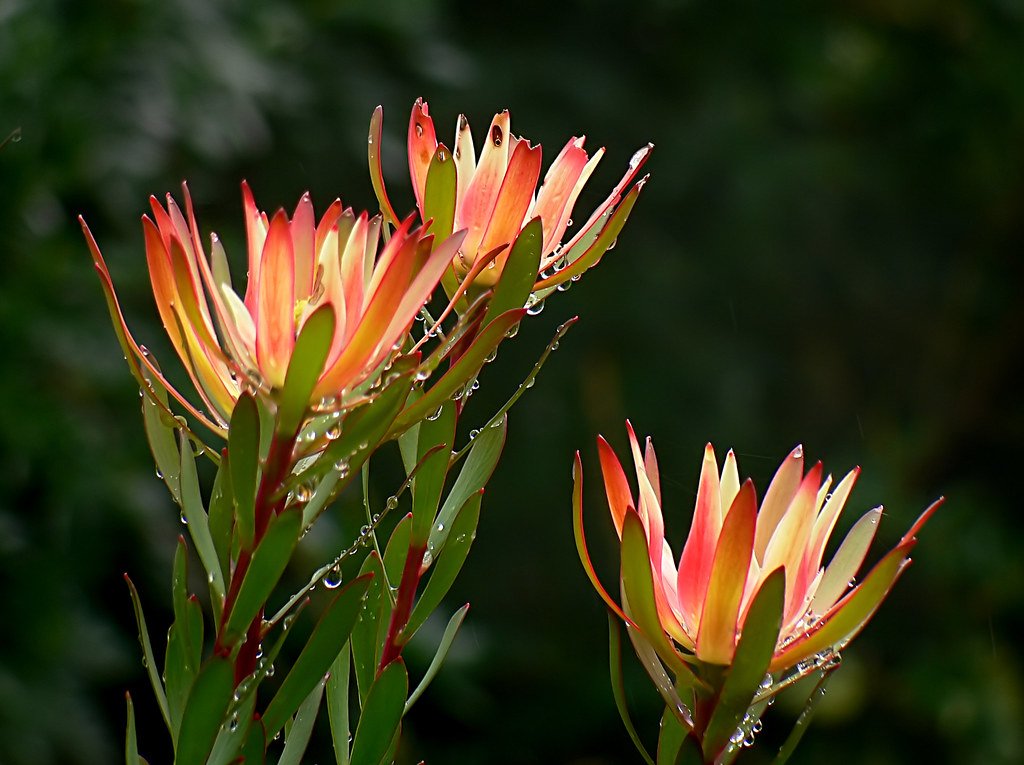South Africa’s Fynbos biome is a botanical treasure trove, boasting a rich tapestry of plant life that is both unique and resilient. But what exactly allows these plants to thrive in an environment frequently subjected to the ravages of fire and drought? Let’s delve into the remarkable adaptations and survival strategies of these extraordinary plants.
Introduction to the Fynbos Biome

The Fynbos biome, located in the Western Cape of South Africa, is part of the Cape Floristic Region, one of the world’s six floral kingdoms. This diverse and ecologically significant area is home to more than 9,000 plant species, with around 70% being endemic, meaning they are found nowhere else on Earth. This region’s Mediterranean climate, characterized by wet winters and dry, hot summers, creates challenging conditions that have driven the evolution of astonishing plant adaptations.
Fire as a Catalyst for Renewal

While fire might seem destructive, it plays a crucial role in the life cycle of Fynbos plants. Many species have developed traits that enable them to not only withstand fire but to rely on it for regeneration. For instance, some plants have thick bark that protects their vital inner structures during a blaze, while others produce seeds that only germinate after being exposed to the heat of a fire. These adaptations ensure the continuation and proliferation of their species.
Resilience to Drought
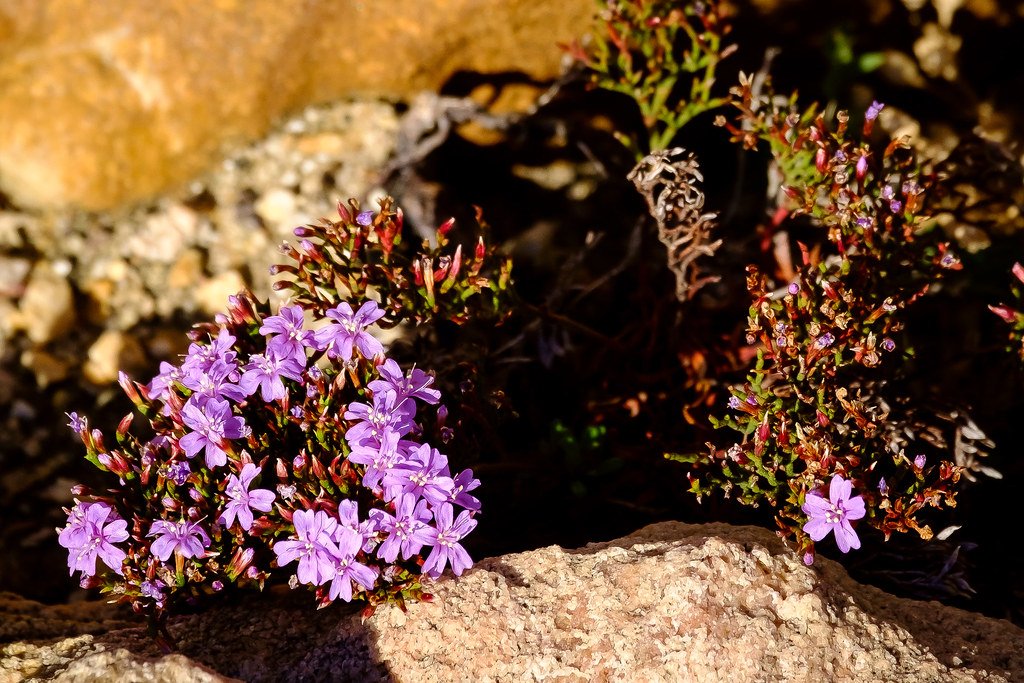
Adaptations to cope with drought are as vital as those for surviving fire. The Fynbos plants have evolved to make the most of scarce water resources. Many have small, hard leaves with a waxy coating to minimize water loss. Additionally, some plants possess the ability to store water in their roots or leaves for use during prolonged dry spells, ensuring their survival in arid conditions.
The Role of Protea in the Fynbos

Proteas, one of the most iconic Fynbos plant groups, showcase some of the most fascinating adaptations. These plants have developed tightly clustered flower heads that protect sensitive reproductive parts from the intense heat of fires. Moreover, their seeds are often held in woody fruiting structures that only release after a fire, taking advantage of the nutrient-rich ash left in its wake.
Ericaceae: Masters of Efficiency
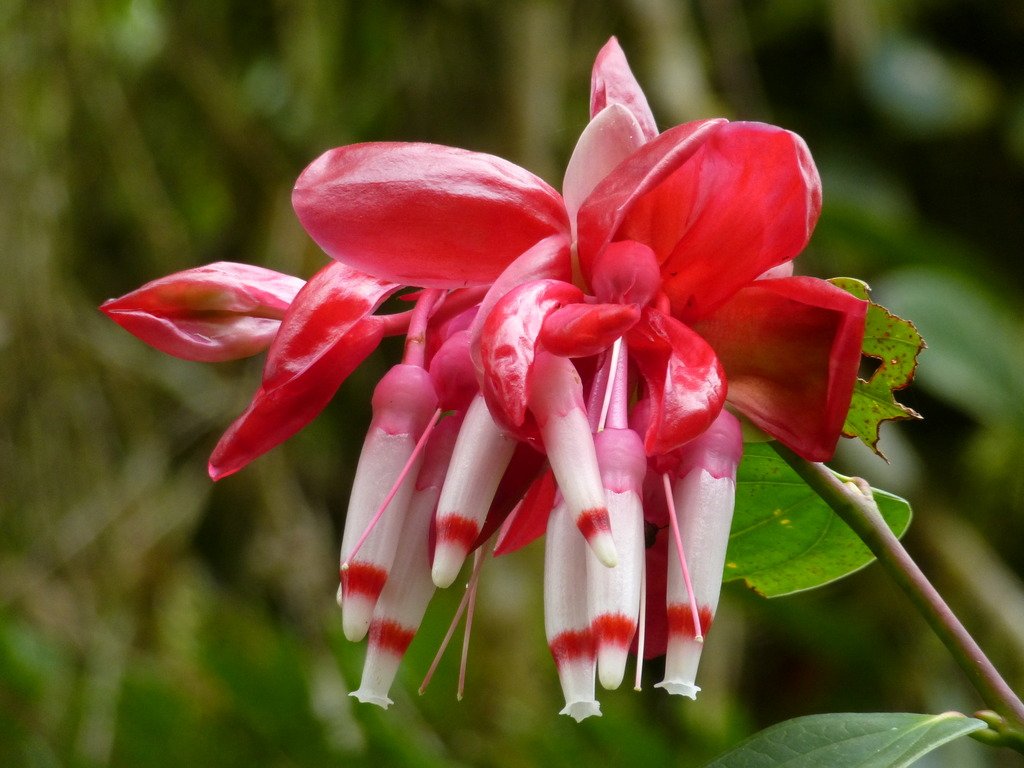
Within the Fynbos, members of the Ericaceae family, such as heather, are masters of water efficiency. Their small leaves reduce surface area and transpiration, effectively conserving moisture. Additionally, these plants have roots that form symbiotic relationships with mycorrhizal fungi, enhancing nutrient and water uptake under poor soil conditions.
Restio Grasses: Survivors of the Sands
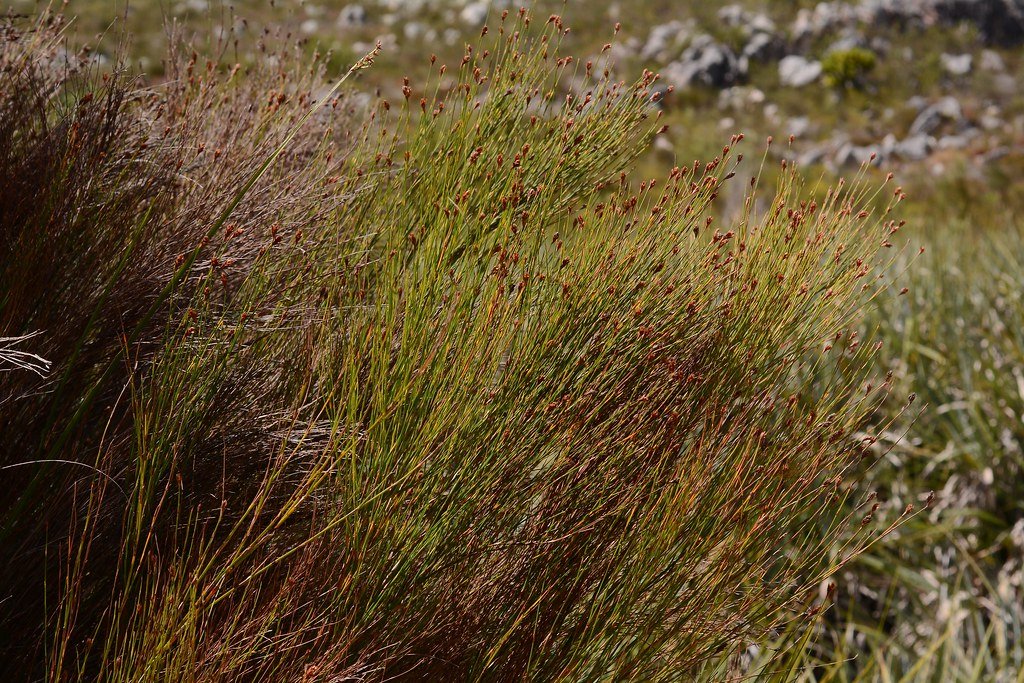
Restios, the reed-like grasses of the Fynbos, are another example of specialized survival strategies. They have compartmentalized leaf structures that efficiently manage internal water reserves. Their seeds are often dependent on specific environmental triggers, such as heat from fires or the presence of certain chemicals in smoke, ensuring they only germinate under optimal conditions.
Conservation Challenges
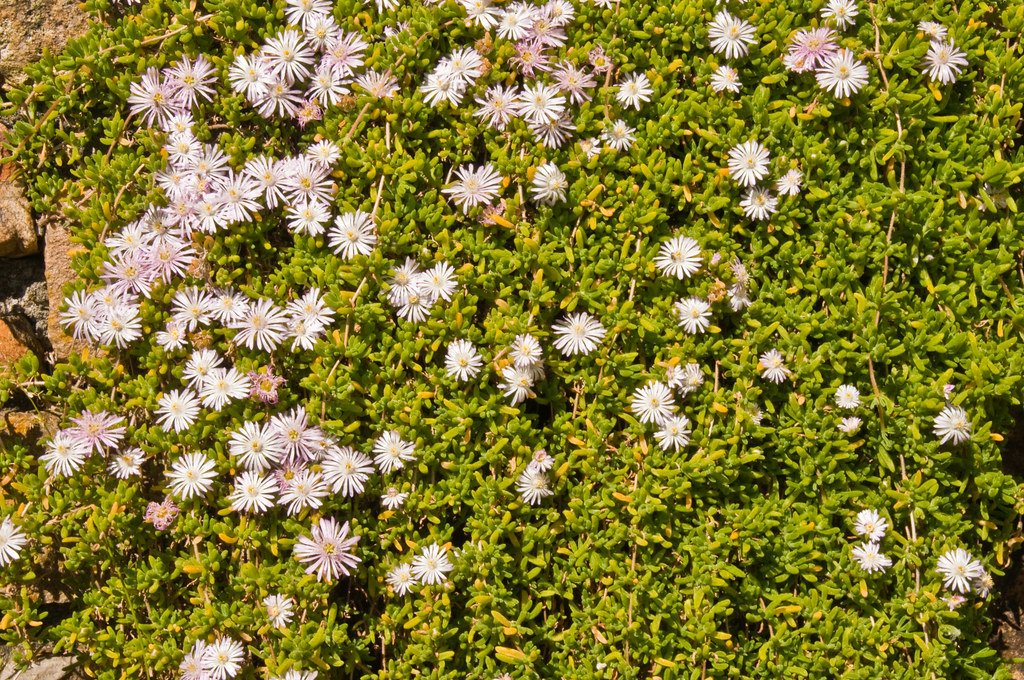
Despite their hardened resilience, Fynbos plants face significant conservation challenges. Urban expansion, invasive species, and climate change all threaten the delicate balance of this unique ecosystem. Conservation efforts focus not just on protecting individual species but also on preserving the intricate ecological processes that sustain them, including controlled burns to mimic natural fire cycles.
Ecological Importance
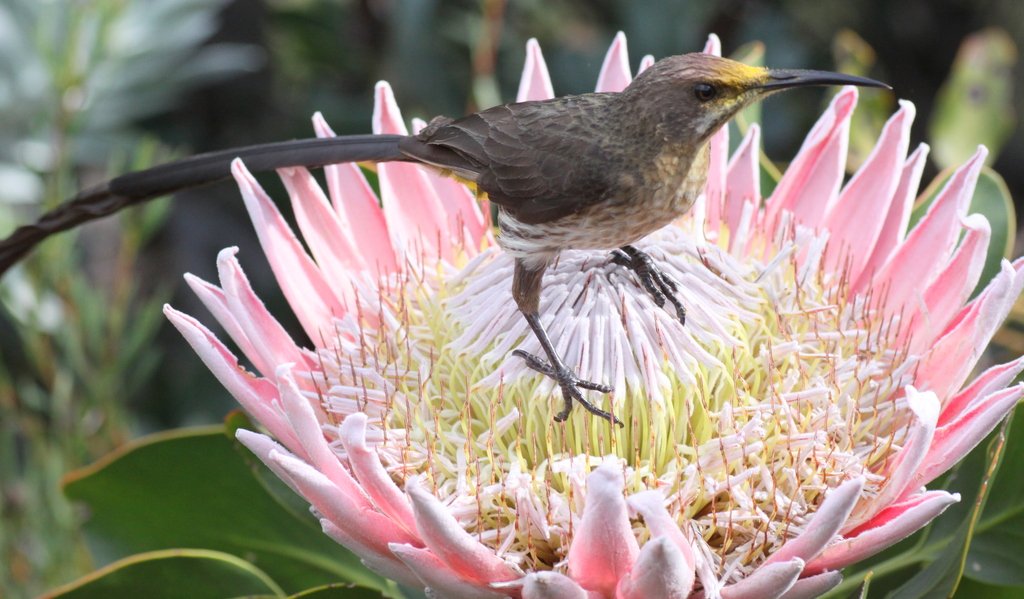
Fynbos plants are vital not only for biodiversity but also for the ecological services they provide. They protect water catchments, preserve soil integrity, and form the basis of a complex food web that supports a unique array of fauna, from endangered insects to charismatic mammals like the Cape Mountain Zebra and the endemic Fynbos bird, the Cape Sugarbird.
Conclusion
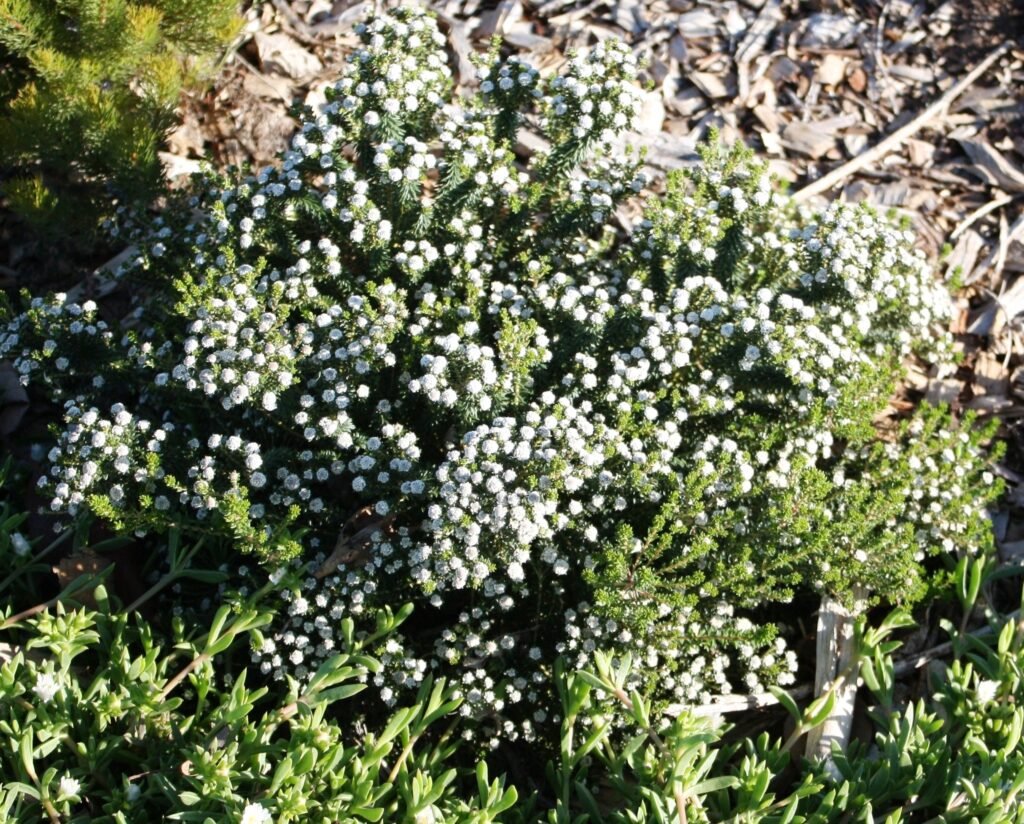
The survival strategies of South Africa’s Fynbos plants are nothing short of extraordinary. Through their deep-rooted resilience and adaptability, they have mastered one of nature’s harshest landscapes. As we continue to learn from these resilient botanicals, their story underscores the importance of preserving these ecosystems in the face of environmental threats. Protecting the Fynbos biome ensures not only the survival of unique plant species but also the myriad of life forms that depend on them, securing a legacy for future generations to marvel at and learn from.

